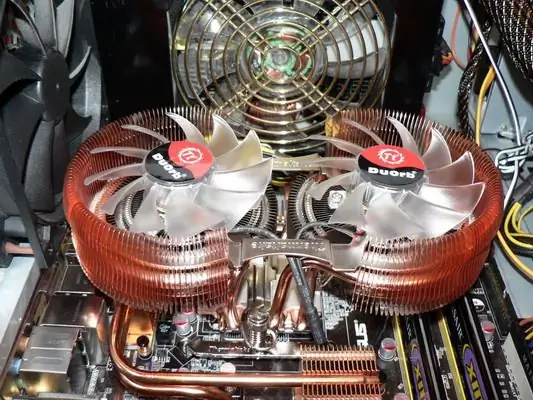The higher the processor performance, the better. Few people will dispute this statement, because an increase in the productivity of the process allows you to perform more operations in less time and increases the overall speed of the computer. Of course, you can increase the "power" of the processor by replacing it with a more modern and expensive one, but you can use a method that does not require financial investments.

It is necessary
Computer, processor, basic BIOS setup skills
Instructions
Step 1
If the cooling system is efficient enough, you can proceed to overclocking. To do this, go to the BIOS of the motherboard (press the DEL, F2 or F1 key while booting the computer, depending on the motherboard model). Find the tab with processor specifications. It can be called in different ways, how exactly, you can read in the instructions for the motherboard.
Step 2
The simplest is to overclock the processor by raising the system bus frequency. In BIOS, this characteristic is usually called CPU Clock or CPU Frequency. Overclocking is carried out by raising this characteristic.
Step 3
The final processor frequency is the result of multiplying the bus frequency by the so-called processor multiplier. Accordingly, you can overclock the processor by simply increasing the multiplier. However, in most modern processors, it is locked. The exceptions are the Black series processors from AMD and the Extreme series processors from Intel, in which the multiplier value can be changed.






